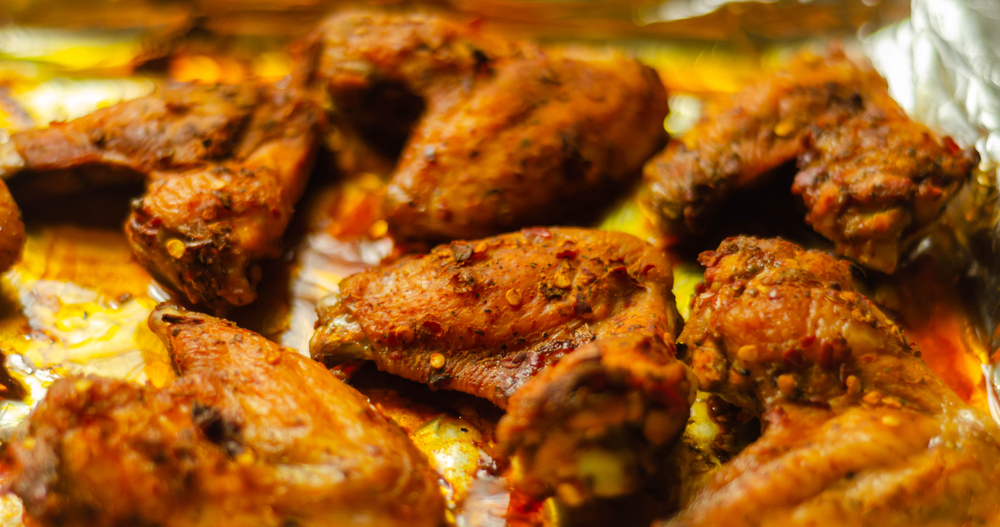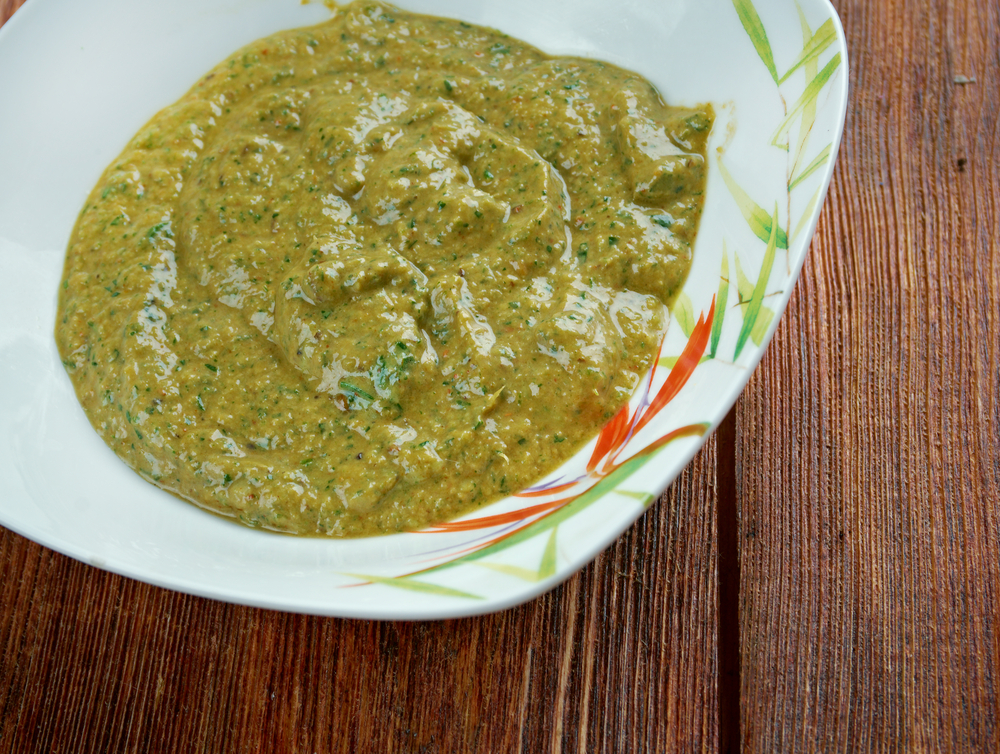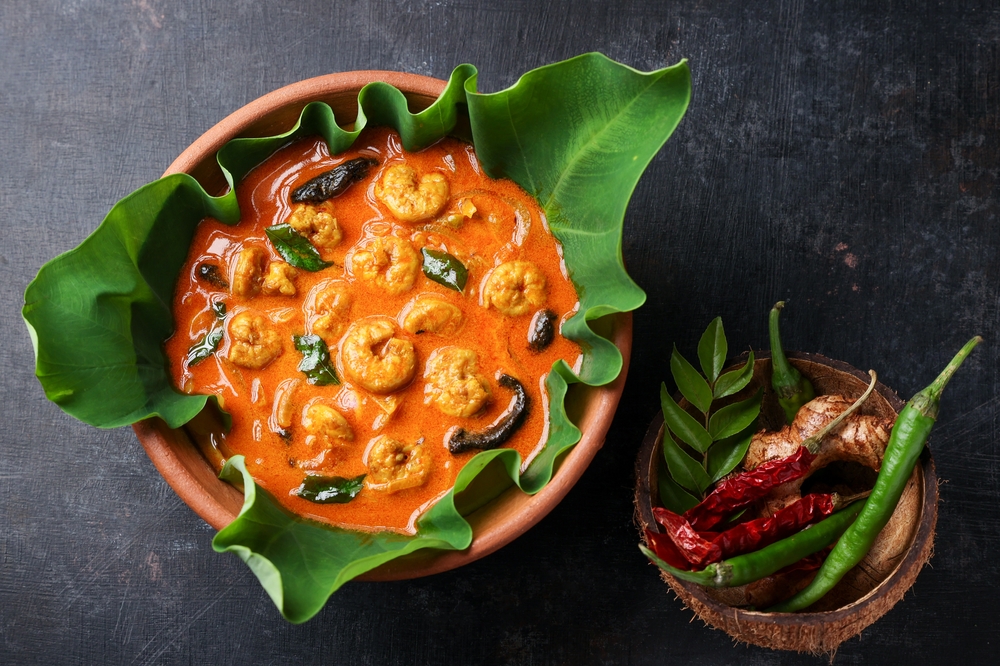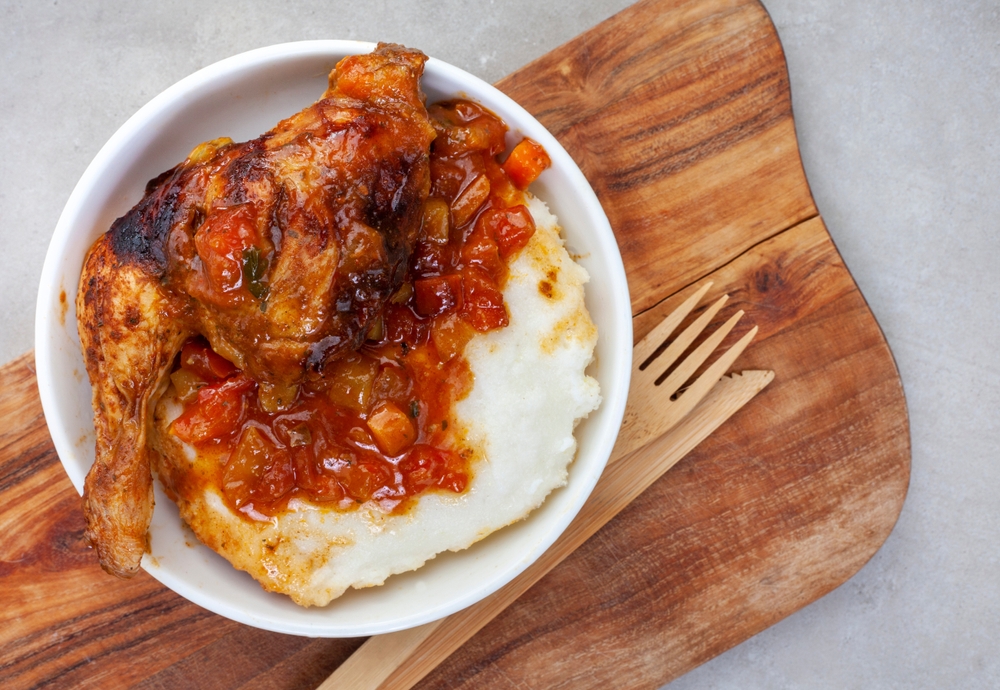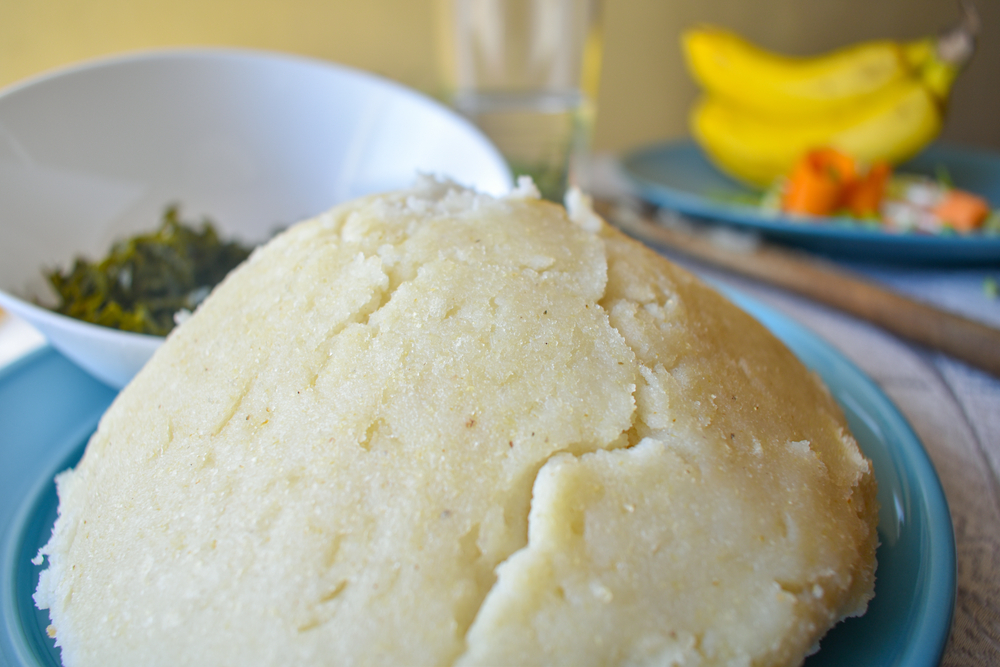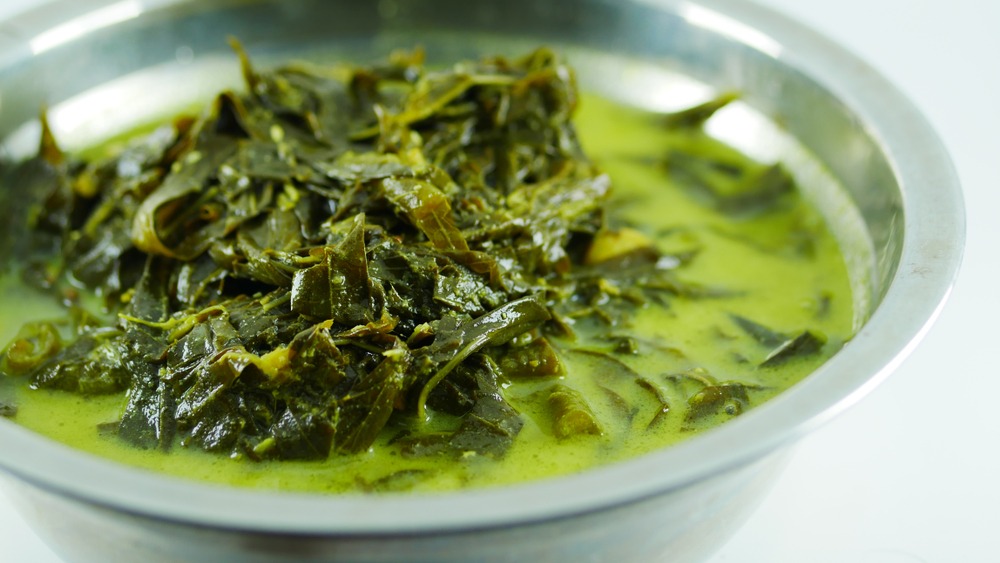Introduction to Kiliwili: A Traditional Dish from Chad
As a culinary enthusiast, my desire to explore and master different cuisines from around the world has taken me to far-flung places, exposing me to a rich diversity of food cultures. One of my most fascinating discoveries is Kiliwili, a traditional dish from Chad. This Chadian delicacy, a vibrant mix of flavors, textures, and colors, has a way of leaving a lasting impression on your taste buds.
Kiliwili, also known as Chadian fried bananas, is a staple food in Chad, primarily served as a dessert or a snack. It’s prepared using ripe bananas, some spices, and a bit of cooking oil. This simple yet delightful dish is emblematic of Chadian hospitality and the country’s rich culinary heritage. Kiliwili’s sweet, slightly tangy flavor and crispy texture make it an irresistible treat for locals and visitors alike.
Exploring the Kiliwili recipe from Chad not only offers an exciting culinary adventure but also a window into the vibrant Chadian culture. Before we delve into the recipe, let’s understand the food culture and customs of Chad and the significance of Kiliwili in the Chadian cuisine.
Understanding the Culture and Cuisine of Chad
Chad, a landlocked country in Central Africa, boasts a rich multicultural heritage that is reflected in its cuisine. Chadian cuisine is a harmonious blend of indigenous African, Arabic, and French influences. The food here is typically starch-based, predominantly featuring staples such as millet, sorghum, and rice, complemented by meat, vegetables, and spices.
Despite the diversity in Chadian cuisine, there’s a common thread that binds all Chadian dishes – simplicity and flavor. The locals believe in making the most of available resources and creating dishes that are simple yet packed with flavor. This is evident in Kiliwili, a dish made with everyday ingredients but offering a taste that’s anything but ordinary.
The cuisine of Chad isn’t just about food; it’s a reflection of the country’s cultural identity and traditions. Food in Chad is a medium of social interaction, a way to celebrate, and a means to express hospitality.
The Importance of Kiliwili in Chadian cuisine
In the Chadian culinary landscape, Kiliwili holds a special place. It’s not just a dish; it’s a cultural symbol, a testament to the Chadian spirit of resourcefulness and creativity. Kiliwili is more than just a treat; it represents the shared culinary heritage of the Chadian people, passed down through generations.
Kiliwili is a hallmark of Chadian hospitality. In Chadian culture, food is used as a way of welcoming guests and demonstrating generosity. Serving Kiliwili to guests is considered a sign of respect and warmth. This simple yet delightful dish is a constant presence at social gatherings, festivals, and family celebrations.
Moreover, Kiliwili is a testament to the Chadian ethos of sustainability and resourcefulness. Made with ripe bananas that may otherwise be wasted, Kiliwili epitomizes the Chadian practice of minimizing waste and maximizing resources.
Ingredients and quantities needed for the authentic Kiliwili recipe
Armed with some understanding of Chad’s food culture and the significance of Kiliwili, let’s move on to the ingredients and quantities needed for an authentic Kiliwili recipe.
For making Kiliwili, you will need:
- 5 ripe bananas
- A cup of cooking oil
- Half a cup of sugar
- A teaspoon of cinnamon (optional)
The beauty of Kiliwili lies in its simplicity, and the ingredients needed for this recipe reflect that. You might be surprised by how a dish made with such humble ingredients could offer such an explosion of flavors.
Step-by-step guide to mastering the Kiliwili recipe
Now, let’s embark on the exciting journey of mastering the Kiliwili recipe from Chad.
- Start by peeling the bananas and cutting them into round slices. The thickness of the slices should be about half an inch.
- Heat the oil in a frying pan.
- Add the banana slices to the hot oil and fry them until they turn golden brown.
- Remove the fried bananas from the oil and place them on a paper towel to remove excess oil.
- Sprinkle the fried bananas with sugar and optional cinnamon.
Voila! Your Kiliwili is ready to be savored.
Tips to perfect your Kiliwili cooking skills
As with any recipe, mastering the art of Kiliwili requires practice and a few handy cooking tips.
Firstly, always use ripe bananas for Kiliwili. The ripeness of the bananas enhances the sweetness of the dish and gives it a creamy texture.
Secondly, ensure that the oil is hot before adding the banana slices. This helps achieve the perfect crispiness. However, be cautious not to overheat the oil, as this could burn the bananas.
Lastly, sprinkle the sugar and cinnamon immediately after frying the bananas. This ensures that the seasoning sticks to the bananas and enhances their flavor.
Health benefits of Kiliwili
Despite being a dessert, Kiliwili offers several health benefits. Bananas, the star ingredient of Kiliwili, are rich in potassium, which helps regulate blood pressure. They are also high in fiber, aiding digestion. Moreover, the sugar in Kiliwili provides quick energy, making it a perfect pick-me-up snack.
Serving and eating Kiliwili: Traditional customs
In Chad, Kiliwili is traditionally served in a communal bowl, reflecting the Chadian ethos of sharing and community. Eating Kiliwili is a communal activity, a time for people to come together and bond over food. It’s a testament to the Chadian belief that food tastes better when shared with others.
Where to find ingredients for Kiliwili in your city
The ingredients for Kiliwili – bananas, cooking oil, and sugar – are readily available in most supermarkets. However, if you’re looking for organic or fair-trade ingredients, you might want to check out specialty food stores or online platforms.
Conclusion
Mastering the Kiliwili recipe from Chad is more than just learning a new dish. It’s an exploration of a vibrant food culture, a testament to the Chadian spirit of hospitality, and a celebration of simplicity and flavor. So, the next time you have some ripe bananas lying around, why not whip up a batch of Kiliwili and embark on a culinary journey to Chad?



